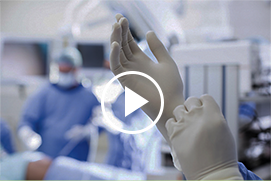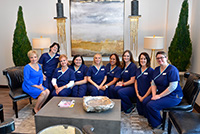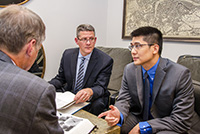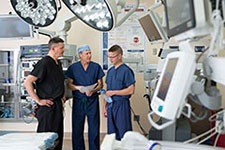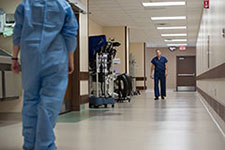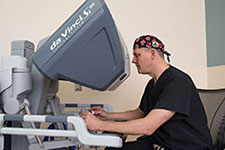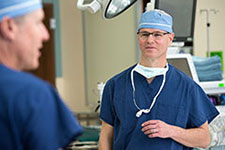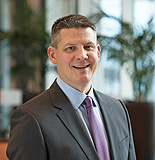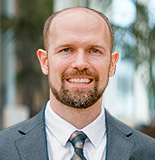A hernia is a bulge at a weak spot in the wall of the abdomen. Tissue or organs may press into the weak spot. This may cause symptoms of discomfort or pain. If left untreated, a hernia can get worse and may lead to serious problems. Surgery can be done to repair a hernia.
What is laparoscopy?
Your hernia operation will be done with a technique called laparoscopy. For this, a thin lighted tube called a laparoscope is used. The scope allows the doctor to work through a few small incisions. This is instead of the one larger incision that is made for open surgery. Recovery from laparoscopy is often faster and less painful than from open surgery.
What is TAPP?
TAPP is one way to do a hernia repair. It stands for “transabdominal preperitoneal.” The peritoneum is a membrane that covers the organs in the abdomen. During TAPP, the peritoneum is opened to reach the hernia.
Preparing for your surgery
- Schedule tests as you have been told. These make sure your heart and lungs are healthy for surgery.
- Tell your doctor about all medications you take. This includes aspirin, NSAIDs, blood thinning medications (such as warfarin), herbs and other supplements. You may need to stop taking some or all of them before surgery.
- You will need to stop eating and drinking for a set amount of time before the surgery. Follow all instructions you are given.
- Ask your doctor for help in quitting smoking. This will help stop the hernia from being strained by smoker’s cough. It will also promote good blood flow for healing.
- Avoid heavy lifting. It can strain your hernia and make it worse.
- Do not eat or drink for 8 hours before surgery. Your surgery may be canceled if you eat or drink. If you have been told to take medication, take it with small sips of water.
- Plan to have an adult family member or friend drive you home from the surgery. Arrange for help with chores and errands while you recover.
During the procedure
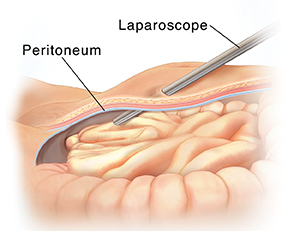
The surgery takes 1 to 2 hours. You can likely go home the same day. Before the surgery begins, an IV line is put into a vein in your arm or hand. This line supplies fluids and medications.
- To keep you free of pain during the surgery, you’ll be given anesthesia. This may be general anesthesia. This medication puts you in a state like deep sleep through the procedure. Or, you may be given regional anesthesia. This numbs the abdomen and makes you relaxed and drowsy through the surgery.
- The doctor makes 2 to 4 small incisions in the abdomen. The scope is put through one of the incisions. The scope sends live pictures to a video screen. This allows the doctor see inside the abdomen. Surgical tools are placed through the other small incisions.
- Your abdomen is inflated with carbon dioxide. This gas provides space for the doctor to see and work to repair the hernia.
- After the repair, a patch of strong mesh is put over the weak spot in your abdominal wall. The patch acts like a patch on a tire. It stays in place permanently.
- The gas is released from your abdomen. Your incisions are then closed with sutures.
- For a small number of people, the laparoscopic procedure may not be able to be performed due to certain factors and the surgeon will have to perform an open procedure. These factors can include obesity, past history of abdominal surgery, bleeding, and the inability to see the organs. The surgeon will make this decision either before or during the procedure.
Risks and possible complications of hernia repair
|



